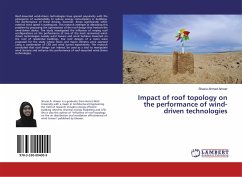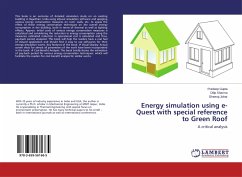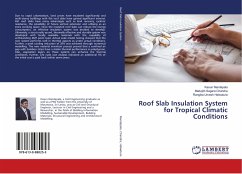Roof-mounted wind-driven technologies have gained popularity with the emergence of sustainability to reduce energy consumption in buildings. The performance of these devices, however, drops significantly when external wind speed is inadequate. This research attempts at alleviating this problem by proposing the optimisation of the roof design that harbors the wind-driven device. The study investigated the influence of varying roof configurations on the performance of two of the most renowned wind-driven technologies namely wind towers and wind turbines mounted on the roof of residential buildings. Five roof designs of a room were proposed for the study whose micro and macro climates were assessed using a combination of CFD and wind tunnel experiments. The research concluded that roof design can indeed, be used as a tool to manipulate wind streams and enhance the performance of roof-mounted wind-driven technologies.
Hinweis: Dieser Artikel kann nur an eine deutsche Lieferadresse ausgeliefert werden.
Hinweis: Dieser Artikel kann nur an eine deutsche Lieferadresse ausgeliefert werden.








